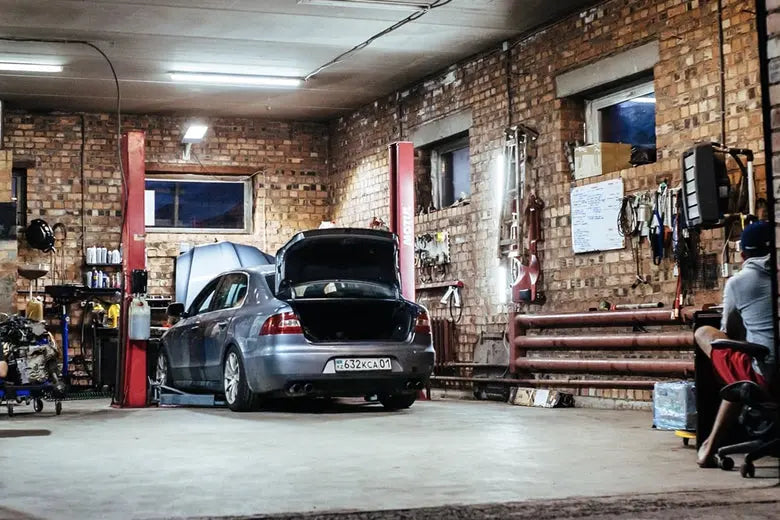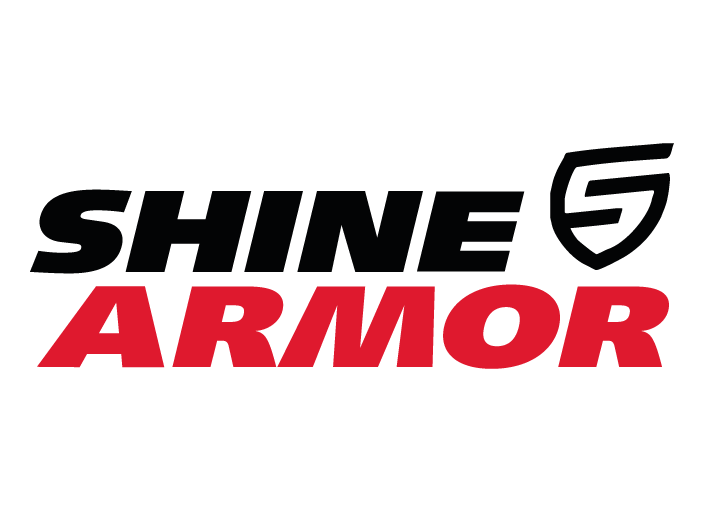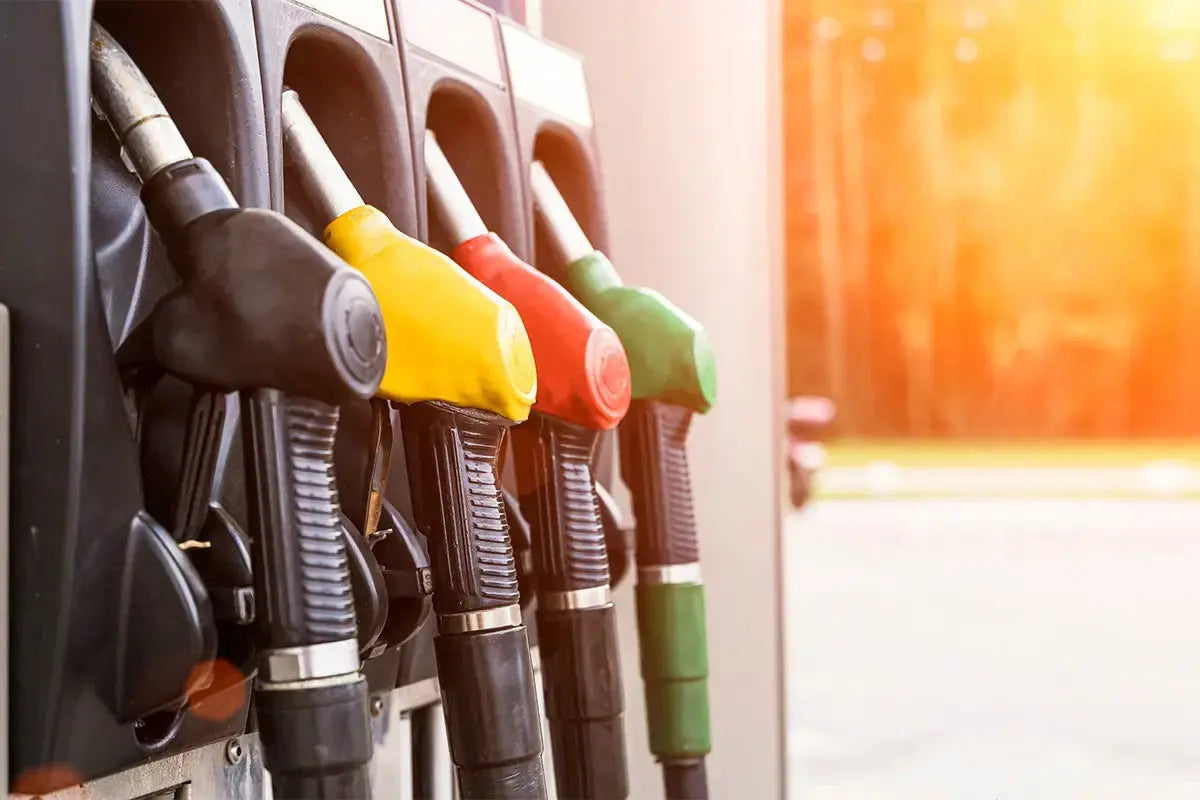
As an owner, it would be great if we had the time or resources to pull our vehicle into the car wash every time we wanted to scrub it down and rinse off the dust.
Related products in shine armor:
Copying A Car Wash
Let’s start by considering the steps inside a car wash, regardless if you're considering a fully automated car wash or a hands-on car wash, the steps remain the same.
First, your vehicle becomes sprayed in what’s called a soak or pre-wash stage. This is designed to rinse off any loose contaminants, and begin soaking the remaining contaminants to help them release. Next, the entire vehicle is covered in automotive-specific soap, which begins to break down the dirt, grime, and other contaminants to further lift them away from your vehicle.
Now that your vehicle is covered in soap, some sort of a brush or wet mat begins scrubbing the dirt away from your vehicle. This lifted dirt is then rinsed off of your vehicle, often using a soft water flow. Once your vehicle is rinsed, a surface wax is sprayed over your vehicle, which is rinsed off before drying.
At some point of this process, water would have been sprayed through the underbody of your vehicle, and some sort of brushes had come out and cleaned and rinsed your rims.
You then make you way over to the vacuums to clean your interior, and maybe buy a scent tree before getting back on the road.
While quite a few things have happened all at once, the methods in which they were completed may not have necessarily been the best way to apply soaps and waxes to your vehicle.
For starters, each vehicle is different, meaning you shouldn’t expect these automatic car washing options to truly clean every nook and cranny of your vehicle, which takes us to that old saying, “If you want something done right, you’ll have to do it yourself.”
The Tools For Home
Before you consider setting everything up at home to wash your car the right way, you should first confirm that you have the available hookups to run the needed equipment.
In most cases, this involves a minimum of one water hookup that supports a garden hose, a standard home outlet (110v), and in many cases, an extension cord may be beneficial. You also want to find a fairly clean surface that is able to drain water, such as a driveway.
Water
One major consideration when washing a car is water. The first step in washing your vehicle is to spray everything down with water; water is then needed for soap, and then once again water becomes the primary tool in the final rinsing of the vehicle, removing all the soap and contaminants.
With water playing such an important role in the car washing process, it becomes a tool worth investing in.
One option for water is to use a simple garden hose. With manufacturers creating tools designed to attach directly to a hose in an attempt to make at home washes more accessible, a garden hose may be all you need to help get the clean you want. Even a multi-spray hose attachment gives you the option to soak and rinse your car.
If you are already going to have a hose on site, you can’t beat the versatility and outcome of a quality pressure washer. When looking at a power washer in the aspect of automotive detailing, you should generally look for a pressure washer with pressures between 1200 and 1900 PSI, which can often be found in electric units that hook to a garden hose, and plug directly into a standard wall outlet. This gives you a more controlled water pressure to assist with blasting the dirt off your vehicle. The higher pressure also allows you to get a better clean when it comes to the underbody.
Shop by category:
Soap
While you should always be using an automotive-specific soap when washing your car, you should consider how you intend to apply the soap onto your vehicle. While many consumers have used the traditional bucket of soapy water, this method doesn’t allow you to spread the soap without scrubbing.
If you decided to go with the water hose setup for water distribution, your options for soap distribution are fairly limited. Hose attached known as soap guns or foam guns can be attached to the end of the hose which distributes soap in a light to medium foam.
This spray on foam will be able to soak into the dirt and grime on your vehicle and break it down before you ever begin scrubbing.
If you have decided to utilize a power washer, products known as foam cannons, or foam lances, are designed to take the high pressure water flow, mix it with automotive soaps, and aerate the mixture to produce a thick foam. This stream of thick foam can be adjusted from spraying a wide fan, to spraying a tight high pressure stream of foam.
One major advantage to the power washer soap cannon design is the option to quick-disconnect the setup and go right back to spraying as a power washer. For hose setups, you always have to shut the hose off to unscrew or screw the attachment on.
Scrubbing Tools
When it comes to scrubbing your vehicle at home, we find a lot of great options for the job. You have the option to choose which product you prefer from automotive washing gloves, mitts, and sponges of different designs.
If you want something to hold in your hand, then a traditional sponge is right for you. If you like the idea of putting something onto your hand and being able to use your hand to scrub your car, then gloves and mitts are a great option.
Another option for at home washing would be soft washing brushes, but they should be used with caution as some of these brushes are on the harder side and may cause paint damage.
As you approach your wheels, also known as rims, you may choose to use a brush to break down the built up brake dust. While traditional brushes will do the job, manufacturers have designed wheel brushes which attach to the end of a hose to supply water, along with wheel brushes which connect to a drill to give you movement in those hard to reach places. These rotating brushes are great for getting deep into the wheels where you may otherwise struggle to clean without removing the wheel completely.
Rinsing Things Off
As we go back to the water source options, we should understand the pros and cons of our selections.
When rinsing a car, you don’t want to start with a high pressure. You have just scrubbed up all the dirt and debris and it’s sitting on top of your paint. Direct high pressure may push some of that debris back into the paint. This means you want to take an extra step back at first as you begin washing to give the loose particles a chance to drop and rinse off.
The garden hose with a typical garden hose attachment maintains a generally low pressure that is usually either set to a setting such as “shower” where we have low pressure across a decent sized area, or “jet” where the pressure is direct, high, and overdoing.
These downfalls bring out the value in a quality pressure washer, as a correct tip size will allow a high area, high coverage rinsing style to assist in removing all the soap. The atomized water also more easily finds its way along the edges of trim, and into door jams to give you a deeper clean outcome.
The low pressure of the garden hose also creates difficulties when trying to clean the underbody, while the high pressure from a pressure washer is more likely to rinse contaminants out of tight spaces and appropriately clean the underbody.
Drying
One of the most important tools when drying your vehicle would be the use of high quality microfiber towels. Microfiber towels are a soft, highly absorbent material that pull contaminants away from your paint.
Another great tool for cleaning your car, truck, bike, or boat is an air gun attachment for an air compressor. First, turn the air pressure down to around 20-40 PSI, which is a safe pressure to put against your paint, and spray air in the small cracks found on bumpers, door handles, and trim pieces. This airflow will assist in kicking out any left behind dirt or water which otherwise would not have had direct contact. This is also a great tool for interior cleaning.
Coatings
While you were scrubbing away the dirt and grime from your surfaces, you were also scrubbing away the protective layer on top of your paint. While automotive paints add a layer of protection, this layer is thin, and you should always consider adding a wax or ceramic coating to your finished surface to promote longevity and UV protection.
With so many companies on the market producing different products, it often becomes easier to buy a detailing kit for this step, allowing you to get products that are designed to work well together.
Spray on detailing kits are quick to use and add protection to your paint, with a focus of added protection on top of your paint. This would include modern advancements such as ceramic coatings, which fill the microscopic imperfections in your paint and add a hardened protective layer outer shell.
On the other hand, buffer polisher detailing kits take away layers of clear to create a more perfect surface, removing small scratches and imperfections. While it is time consuming, the outcome is usually long lasting. This method does require a bit of practice, with risks of overheating the paint or removing too much clear if you do not have an understanding of your product. Always read the manufacturer instructions.
With an understanding of your individual car, you will be able to buy polishes to meet your wheel trim surfaces. Regardless if your trim is chrome, aluminum, or stainless, it may be polished to a deeper shine, either coming with their own application pads, using a drill attached application system, or using simple microfiber towels. Always be sure you have accurately identified your metal surface. Similar treatments and coatings can be found for plastic surfaces. All plastic trim inside and outside the vehicle should be cleaned and coated for longevity and UV protection.
Shop Vacuums
One tool that remains essential within a shop environment is the shop vacuum, or shop vac. Anyone who has ever dealt with the struggle of a cheap shop vacuums that doesn’t suck (pun intended) will tell you, this is an area you want to spend a little more money. A quality shop vacuums is a tool used for automotive maintenance, woodworking, general cleanup, and most importantly, automotive interior detailing.
When using a shop vacuums in different areas of your shop or garage, it's important to buy different end attachments for your different uses. This will avoid a mistake such as pulling the greasy tip from a previous cleanup across your seats or carpet. Detailing brush attachments are an amazing tool to help get into seat cracks and carpeting, while long flat automotive detailing attachments help you reach into those hard to get areas.
Recommendations
When we look at cleaning your car, truck, boat, or bike, nothing outshines a quality pressure washer with a soap cannon attachment. The ability to spray both soap and water pressure with enough force to remove dirt from areas such as the fins on a motorcycle engine or car underbody is essential to a deep clean.
Always buy a scrubbing tool that feels right to you--many stores have them on display for you to hold, feel, and find what you like. The advantages to a drill mounted rotating brush for rims is essential for a deep clean.
We would also never wash a car without a stack of new high quality microfiber towels on hand. While there are a lot of coatings on the market, the advancements and benefits from ceramic coating has become a game changer and a must have in paint maintenance.





